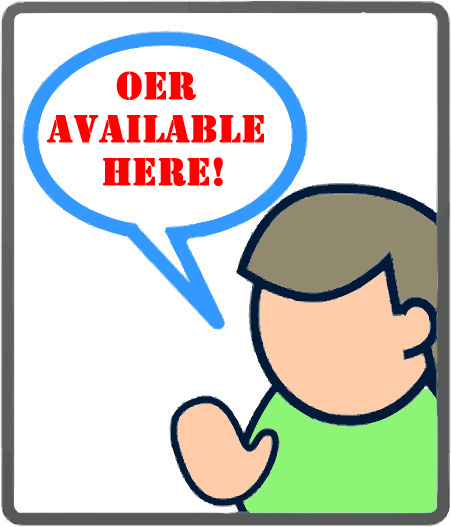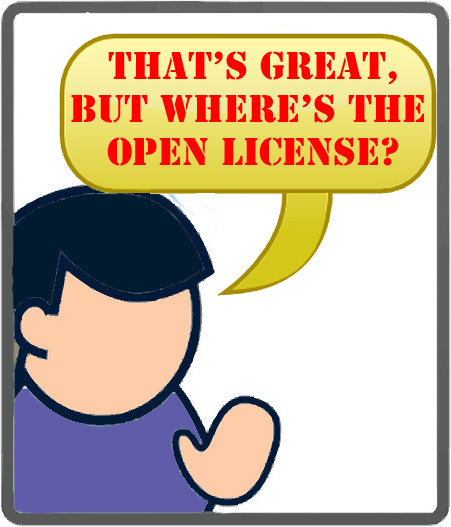
In my continuing thoughts on ways to position open educational resources for the K-12 market, I now turn to the issue of “free.”
I have two concerns about using the term “free” in promoting these materials.
First, they aren’t really free. They cost someone something to develop. In fact, they generally cost about as much as comparable proprietary materials. Just because the end user doesn’t absorb these costs doesn’t mean they don’t exist. Perhaps more importantly, end users, in this case districts and schools, do have costs associated with OER (the “free as in puppies” argument). If print materials are required, the printing costs are typically absorbed by the schools. If the materials are used in a digital format, the costs include hardware, software, maintenance, support, etc. And for any use, there are significant professional development and related implementation costs. Beyond this, there are other items that open materials typically don’t include that have to be paid for, such as assessment, customization, differentiation, and ancillary materials.
Second, while “free” gets attention, it also signals reduced value or quality to many. There is still weight to the idea that “you get what you pay for.” In many markets, the argument has been made that a product priced at half the regular price will get more traction than one that is free. Specifically in the education market, the glut of free supplemental materials, some of which is not of the highest quality, has led to these materials not being taken seriously. While free is the standard for digital supplemental materials, core materials are almost always high priced. That is the expectation, and offering free core materials may cause many to wonder what the catch is.
Having said this, it is unquestionable that cost is the biggest differentiator between open materials and proprietary ones, especially in the basal market. “Free” core curriculum in math and ELA was unheard of before EngageNY or the K-12 OER Collaborative. The potential cost savings of something less than $8 billion is astounding. And should those savings be redirected to something meaningful, say teachers, the results could be equally astounding.
(This is a side point but the question of what happens to the potential cost savings is a real one. K-12 education funding is complex with different states handling instructional materials funding differently. In some cases, the savings might go back into a general fund for the district to decide how to use. In others, it could go back into a state general fund. This is very different from higher education, where there is a clear beneficiary of free or lower cost textbooks, namely the student.)
To not tout open materials as “free” may be to walk away from their most sexy aspect.
So is there some middle ground? Instead of “free,” might we talk about “lower cost” materials or “great cost savings?”
I don’t have an answer to this one, but would love to hear your thoughts.
This is a part of a series of posts on the positioning of K-12 OER core curriculum in the market.




